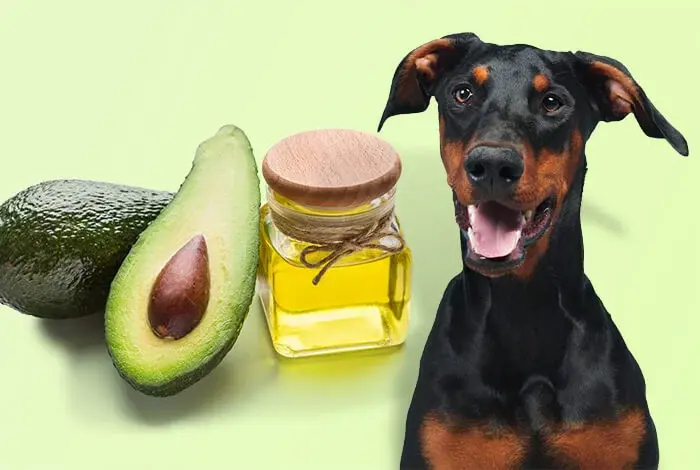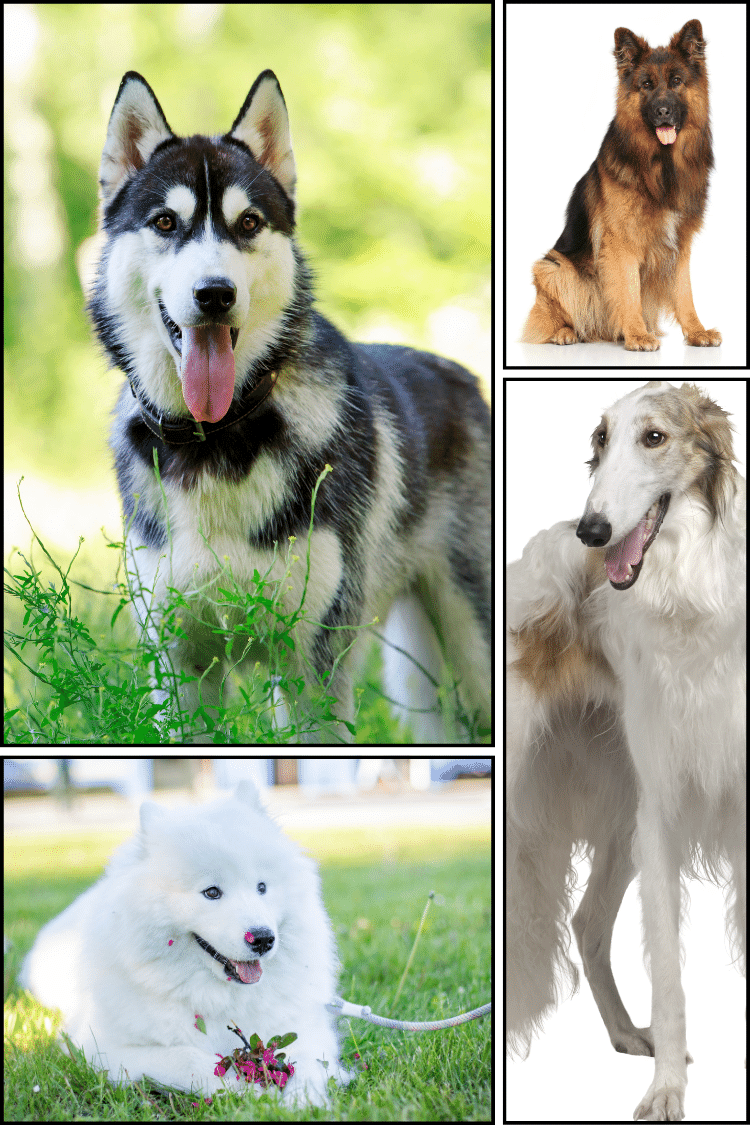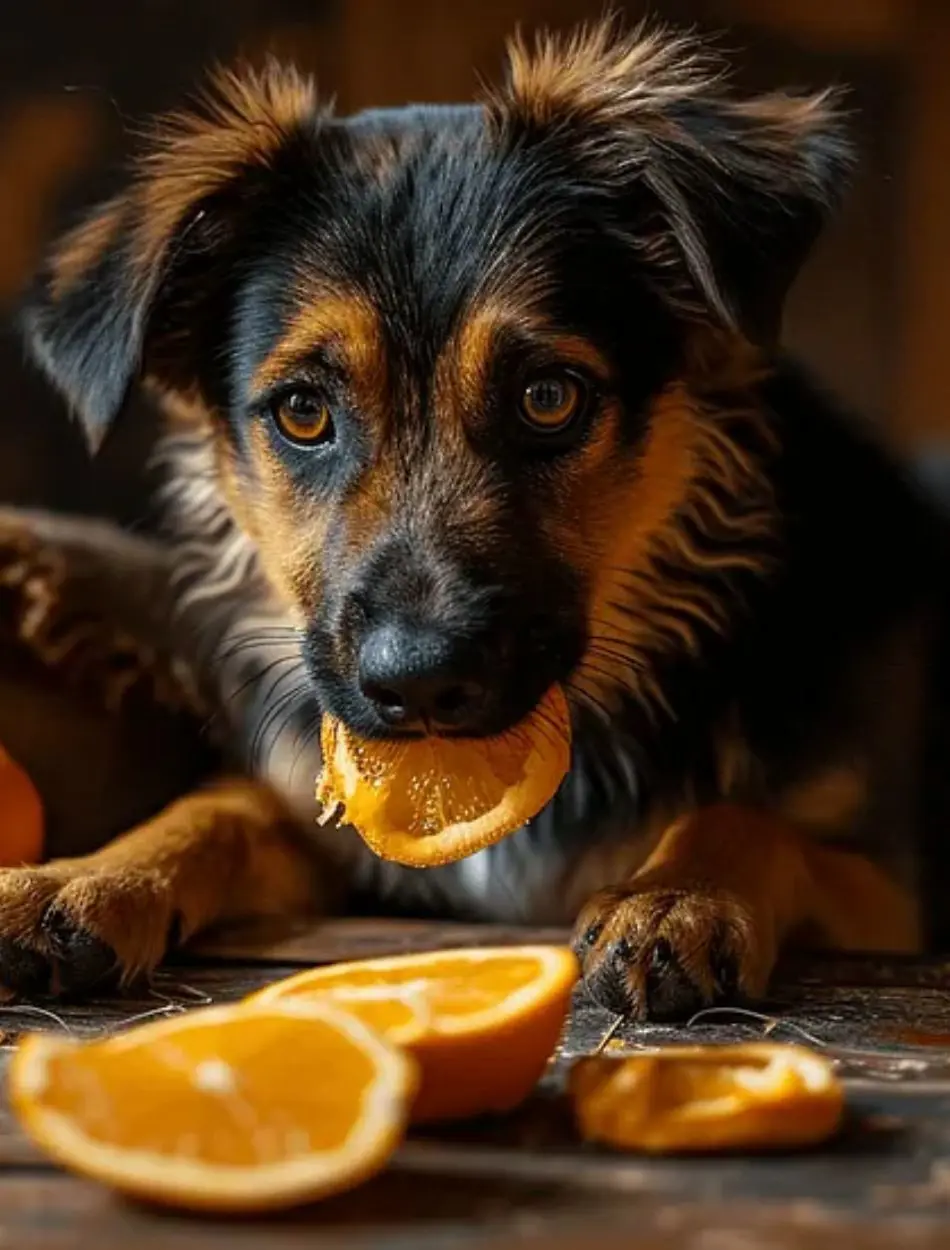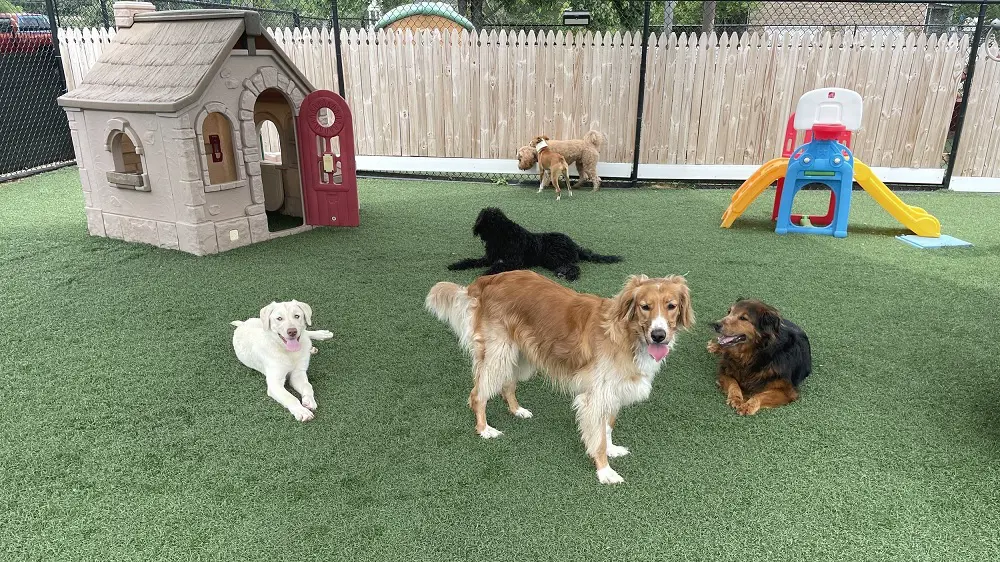20 Beautiful Dog Colors and Patterns (With Pictures)
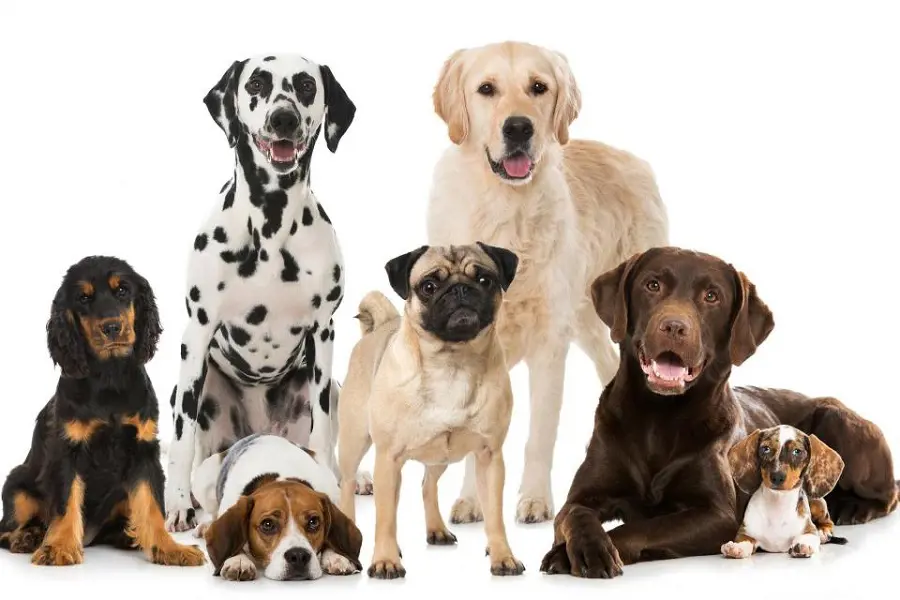
Dogs are among the world's most diverse and beautiful animals, with more than 400 distinct breeds that vary in size, shape, coat, and behavior. One of the most striking features of dogs is their color and pattern, which can range from solid to spotted, from black to white, and from simple to complex.
Several factors, such as genetics, environment, health, and breeding, influence the color and pattern of a dog's coat. Genetics is the main factor that determines the color and pattern of a dog's coat, as it controls the production and distribution of pigments called melanin.
Let's take a look at some of the most beautiful dog colors and patterns.
Dogs Color Pattern And Melanin
The amount and type of melanin a dog has depends on the genes it inherits from its parents. Many genes affect the color and pattern of a dog's coat, but some of the most important ones are:
-
The A gene
It determines whether a dog has a solid or agouti pattern. Agouti is a pattern where each hair has bands of different colors, such as black, brown, yellow, or white. Examples of agouti patterns are wolf-like, sable, tan points, or brindle.
-
The B gene
It determines whether a dog has black or brown eumelanin. A dog with two copies of the dominant B gene will have black eumelanin. If it has one or two copies of the recessive B gene, it will have brown eumelanin. Brown eumelanin can also be called chocolate, liver, or red.
-
The C gene
It determines whether a dog has full or diluted color. If a dog has two copies of the dominant C gene, it will have full color. It will have a diluted color if it has one or two copies of the recessive c gene.
Diluted color means that the pigments are less concentrated and appear lighter or faded. Examples of diluted colors are blue, lilac, fawn, or cream.
-
The D gene
It determines whether a dog has normal or dilute eumelanin. A dog with two copies of the dominant D gene will have normal eumelanin. If it has one or two copies of the recessive d gene, it will have dilute eumelanin.
Dilute eumelanin means that the black or brown pigments are lighter or grayish. Examples of dilute eumelanin are blue (dilute black) or isabella (dilute brown).
-
The E gene
It determines whether a dog has full or restricted phaeomelanin. If a dog has two copies of the dominant E gene, it will have full phaeomelanin. If it has one or two copies of the recessive e gene, it will have restricted phaeomelanin.
Restricted phaeomelanin means that the red or yellow pigments are only present on certain parts of the body, such as the ears, muzzle, legs, or tail.
-
The K gene
It determines whether a dog has a dominant black or brindle pattern. A dog with one or two copies of the dominant K gene will have a dominant black or brindle pattern.
Dominant black means that the dog is completely black regardless of its other genes. Brindle means that the dog has stripes of black or brown over a base color of red or yellow.
-
The M gene
It determines whether a dog has a merle pattern. Merle is a pattern where patches of diluted color are randomly distributed over a base color. Merle can affect both eumelanin and phaeomelanin colors.
Examples of merle colors are blue merle (black patches over blue), red merle (brown patches over red), or harlequin (white patches over black).
-
The S gene
It determines whether a dog has white spotting or a piebald pattern. White spotting means the dog has areas of white hair lacking any pigment.
Piebald means the dog has large patches of white hair covering more than half of its body.
Some of the most common and rare colors and patterns that dogs can have in 2024 are:
1. Black Dog
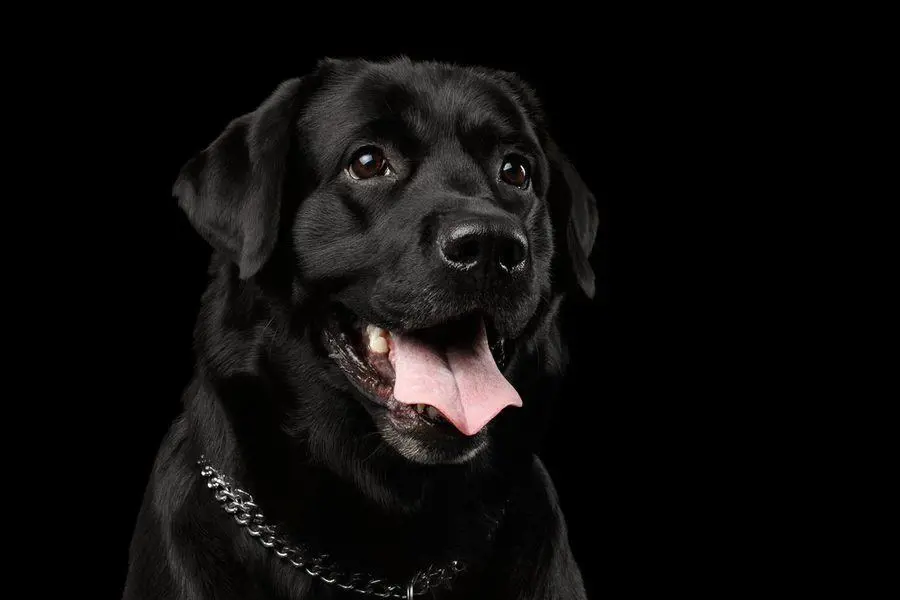
Black-coated dogs often exude elegance and sophistication, making them timeless and versatile pets. Black is one of the most common and dominant colors in dogs.
It is caused by having two copies of the dominant B gene and two copies of the dominant D gene. Black dogs can have solid, agouti, tan points, brindle, or merle patterns.
2. Brown Dog
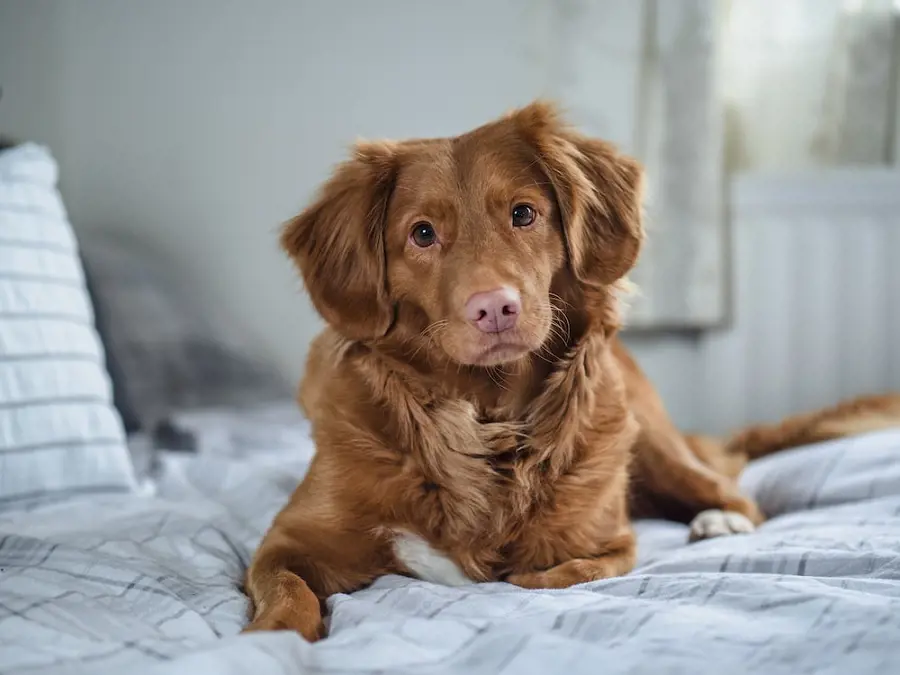
Brown-coated dogs offer a warm and earthy charm, commonly found in friendly and loyal breeds like the Labrador Retriever. Brown is another standard color in dogs.
It is caused by having one or two copies of the recessive B gene and two copies of the dominant D gene. Brown dogs can also have solid, agouti, tan points, brindle, or merle patterns.
3. Yellow Dog
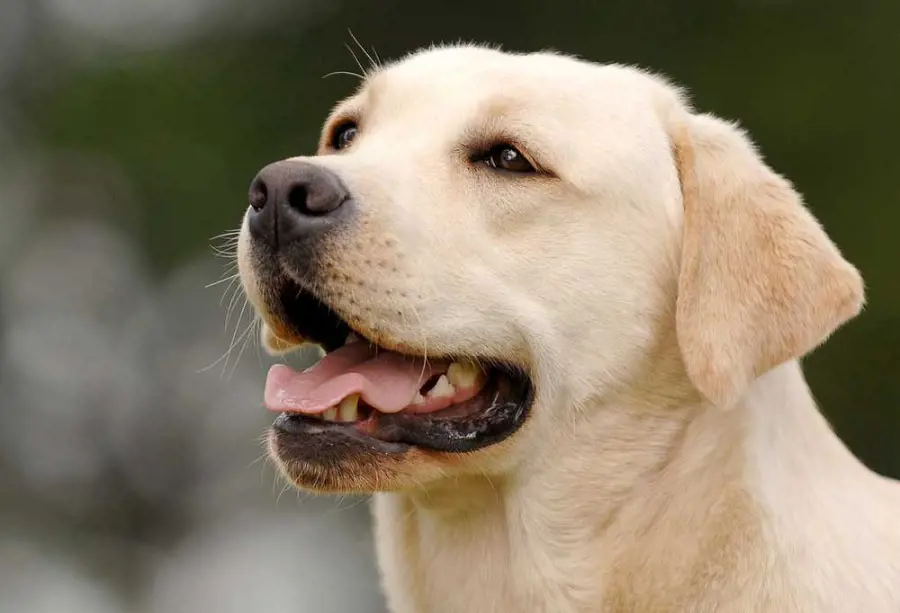
Yellow-coat dogs, often seen in breeds like the Yellow Labrador Retriever, exhibit a warm and sunny disposition, reflecting their friendly and outgoing nature.
Yellow is a general color in dogs that ranges from pale cream to dark red. It is caused by having two copies of the recessive E gene and two copies of the dominant C gene. Yellow dogs can have solid, agouti, or sable patterns.
4. White Dog
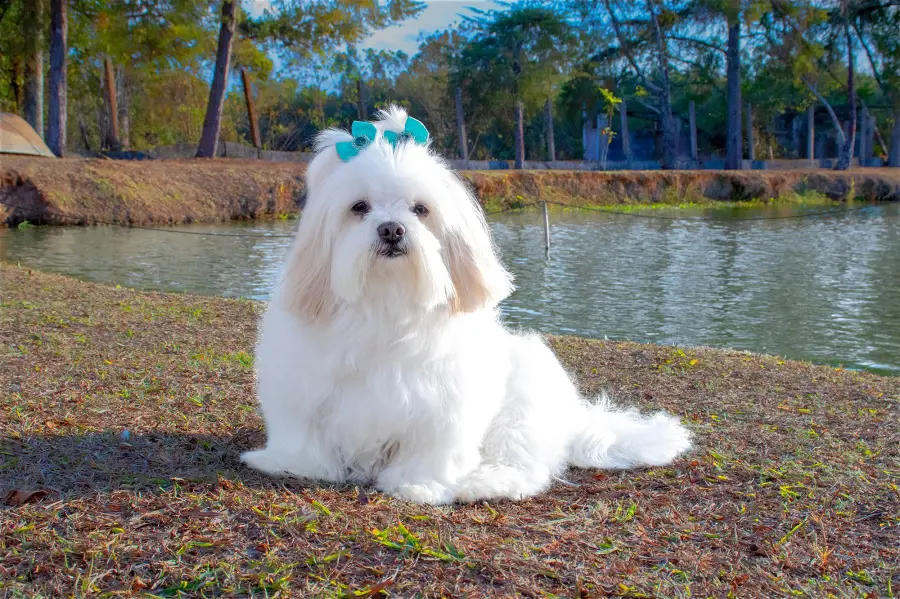
Like the Maltese, white dogs convey purity and cleanliness, reflecting their gentle and calm temperament. White is the most common color in dogs that different genes can cause.
One way is having two copies of the recessive c gene, which dilutes all pigments to white. Another way is having one or two copies of the S gene, which causes white spotting or piebald pattern.
5. Blue Dog
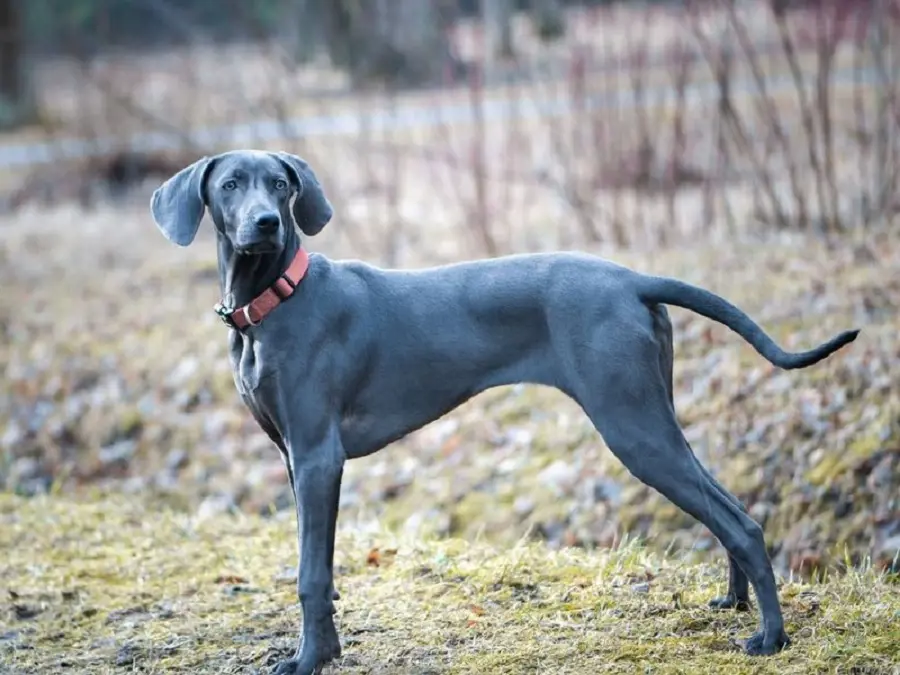
Blue or gray-coated dogs like the Weimaraner have a striking and unique allure that stands out. Blue is a rare color in dogs caused by having one or two copies of the recessive d gene, which dilutes black eumelanin to blue.
Blue dogs can have solid, agouti, tan points, brindle, or merle patterns.
6. Lilac Dog
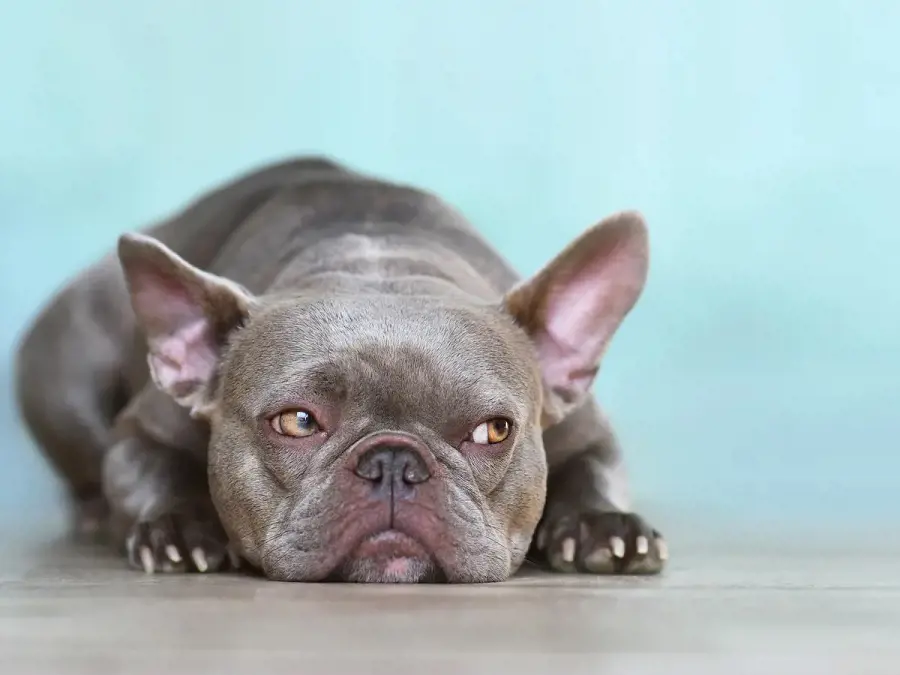
Lilac coat dogs, known for their rare and striking lavender-gray coloring, possess a unique and eye-catching appearance. Breeds like the Lilac Bulldog showcase this distinctive coat color, making them stand out in the canine world.
Lilac dogs can have solid, agouti, tan points, brindle, or merle patterns. Lilac is considered a rare color in dogs because it has one or two copies of the recessive d gene and one or two copies of the recessive b gene, which dilutes black eumelanin to blue and brown eumelanin to lilac.
7. Silver Dog
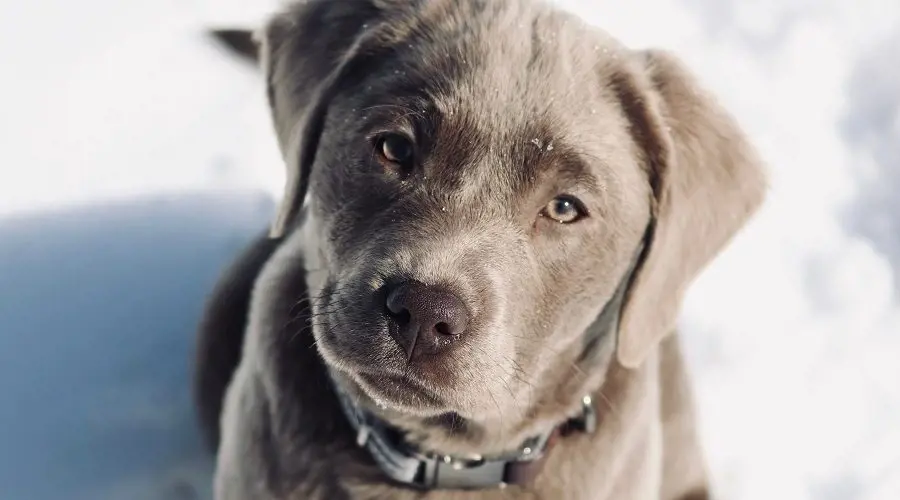
Silver coats, like those of the Silver Labrador, can give dogs a regal appearance. Silver dogs can have solid or tan point patterns.
Silver is a beautiful color in a dog breed caused by having one or two copies of the recessive d gene and one or two copies of the recessive e gene, which dilutes black eumelanin to blue and restricts phaeomelanin to silver.
8. Isabella Dog
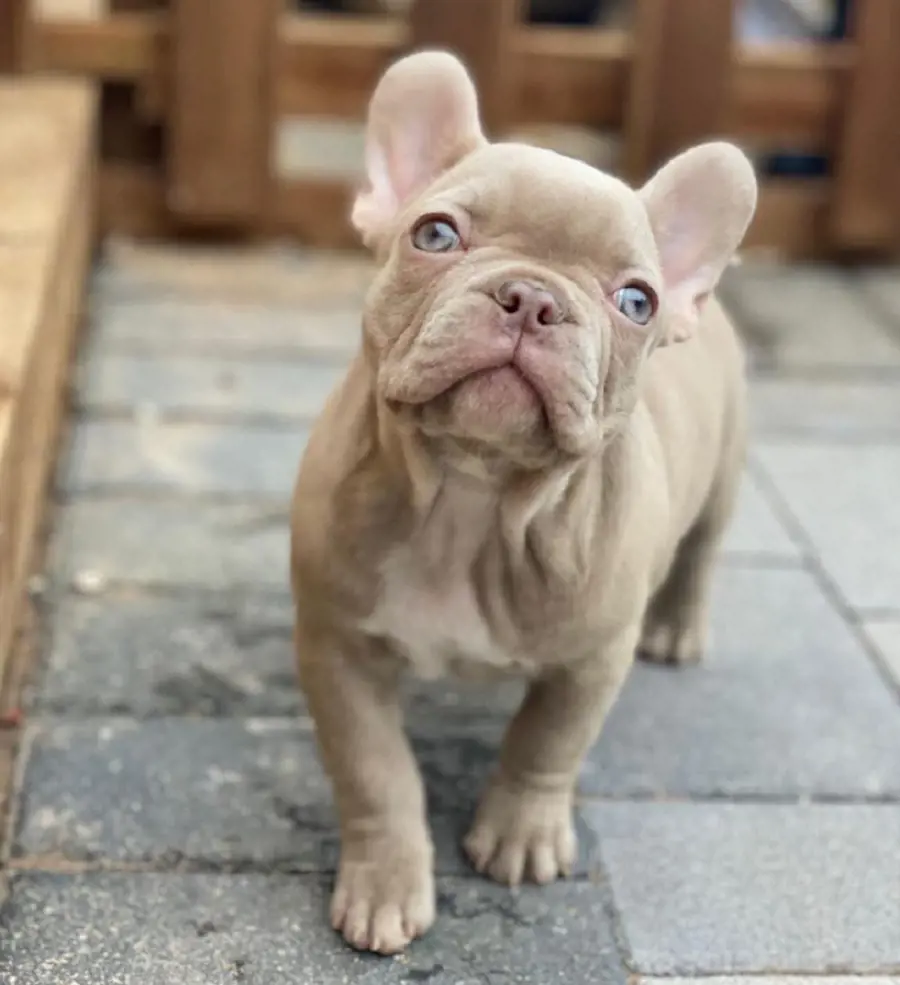
Isabella coat dogs, characterized by their pale, grayish-fawn coloration, offer a distinctive and elegant appearance. Breeds like the Isabella Doberman and Weimaraner exhibit this unique coat hue.
Their regal and refined look is often complemented by a calm and affectionate temperament, making them appealing companions for those who appreciate both style and personality in their canine companions.
Isabella is a rare color in dogs caused by having one or two copies of the recessive d gene and two copies of the recessive b gene, which dilutes brown eumelanin to Isabella. Isabella dogs can have solid, agouti, tan points, brindle, or merle patterns.
9. Fawn Dog
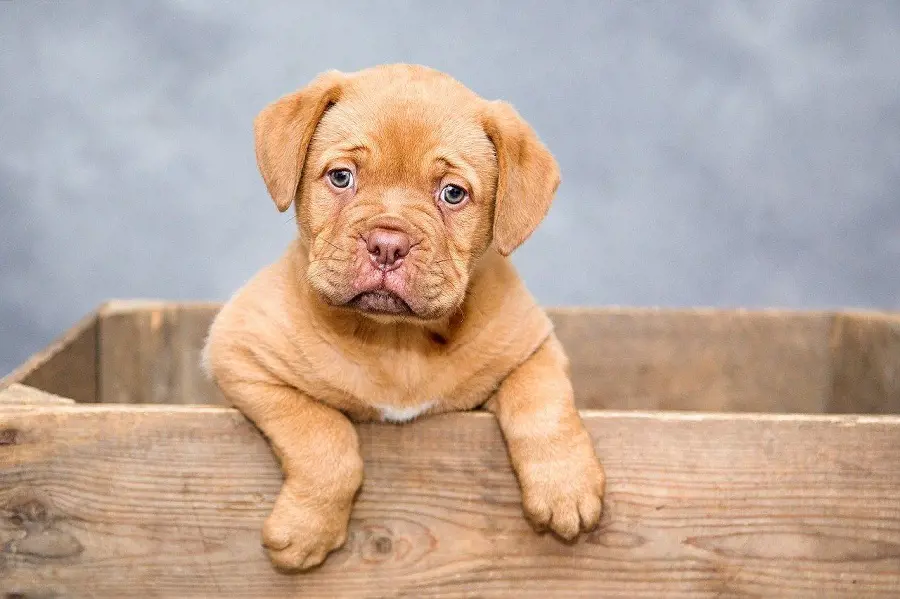
Fawn-coated dogs convey a light and sandy charm, exemplified by breeds like the Boxer. Fawn dogs can have solid or tan point patterns.
Fawn is a rare color in dogs that is caused by having one or two copies of the recessive d gene and two copies of the recessive e gene. It dilutes brown eumelanin to fawn and restricts phaeomelanin to fawn.
10. Merle Dog

Merle coat dogs feature a captivating and often marbled or speckled pattern in breeds like the Australian Shepherd and Border Collie. This unique coat trait is caused by a genetic variation that affects pigmentation, resulting in striking combinations of colors and patterns.
Merle-coated dogs are known for their intelligence, loyalty, and agility, making them excellent working and family pets. It's important to note that responsible breeding practices are crucial for the health and well-being of merle-coated dogs, as improper breeding can lead to potential health issues associated with the merle gene.
11. Sable Dog
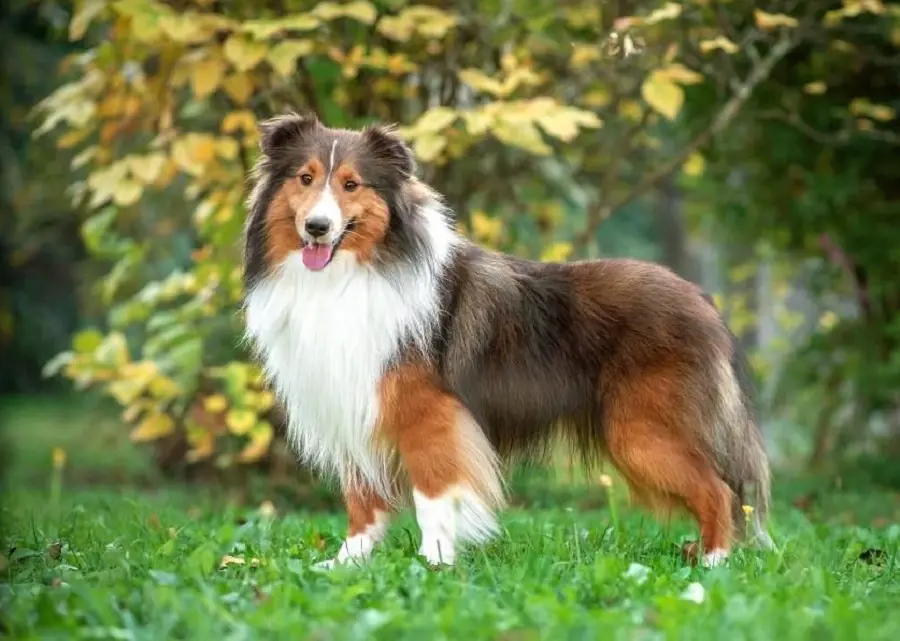
Sable coat dogs exhibit a stunning blend of black and tan or brown hairs, giving them a striking and dynamic appearance. Breeds like the German Shepherd are well-known for this coat color.
Their beautiful coat is often paired with a confident and protective temperament, making them excellent working and guardian dogs. Sable-coated dogs may also display a range of shades and patterns within their fur, adding to their individuality and charm. Proper care and socialization are key to harnessing their loyalty and intelligence.
12. Chocolate Dog
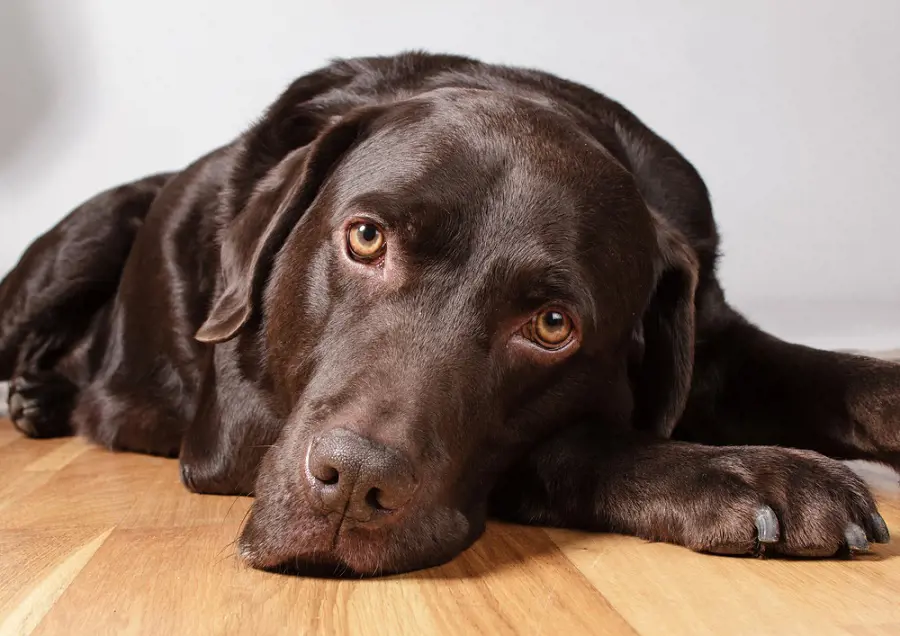
Chocolate-coated dogs, characterized by rich brown fur, are popular in breeds like the Labrador Retriever. Chocolate coat dogs have a rich and deep brown fur color, which can be a distinguishing and appealing feature.
Breeds like the Chocolate Labrador Retriever are popular examples of this coat color.
13. Apricot Dog
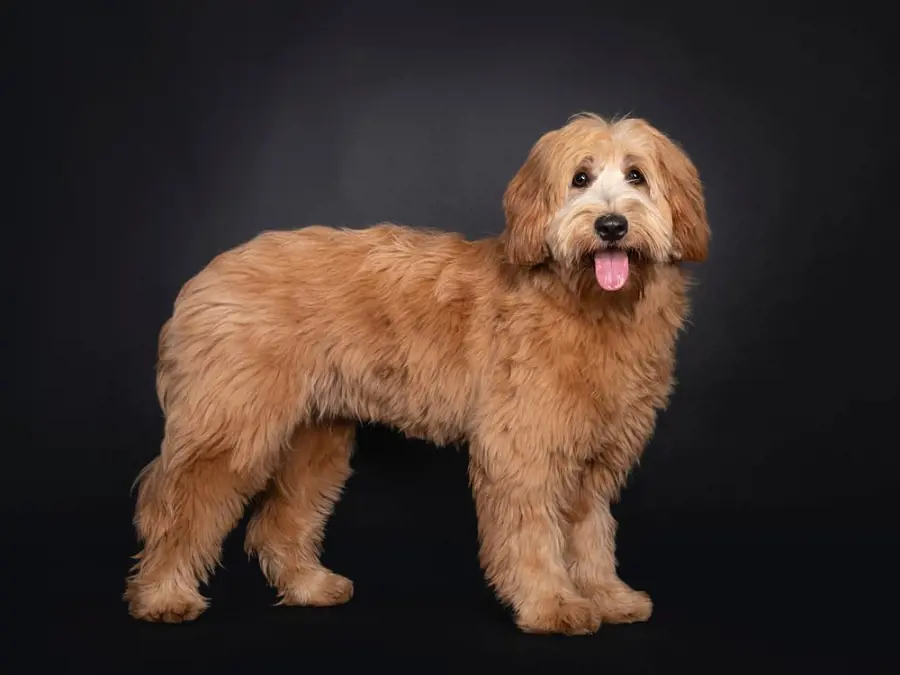
Apricot-coated dogs feature a light orange-brown shade, as in some Poodle varieties. Apricot coat dogs have a light orange-brown coloration that gives them a warm and cheerful appearance. Breeds like the Apricot Poodle are known for this unique coat hue.
While coat color is a notable characteristic, it's crucial to consider other factors like the breed's energy level, size, and grooming needs to ensure a good match for your lifestyle and preferences. Regular grooming and care are essential to maintain their coat's health and appearance.
14. Brindle Dog
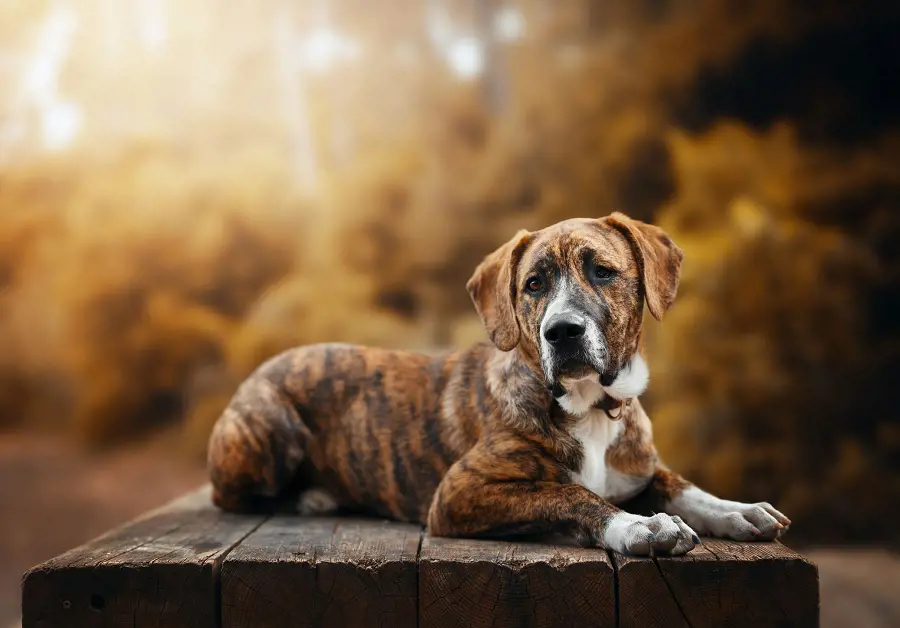
Brindle-coated dogs feature captivating stripe patterns and are often found in athletic breeds like the Boxer and Greyhound. Brindle coat dogs feature a distinctive striped or tiger-stripe pattern created by a mix of dark and light fur.
Breeds like the Boxer and Greyhound commonly exhibit this eye-catching coat trait. Additionally, brindle coats may vary in intensity and pattern, adding to the individuality of each dog.
15. Golden Dog
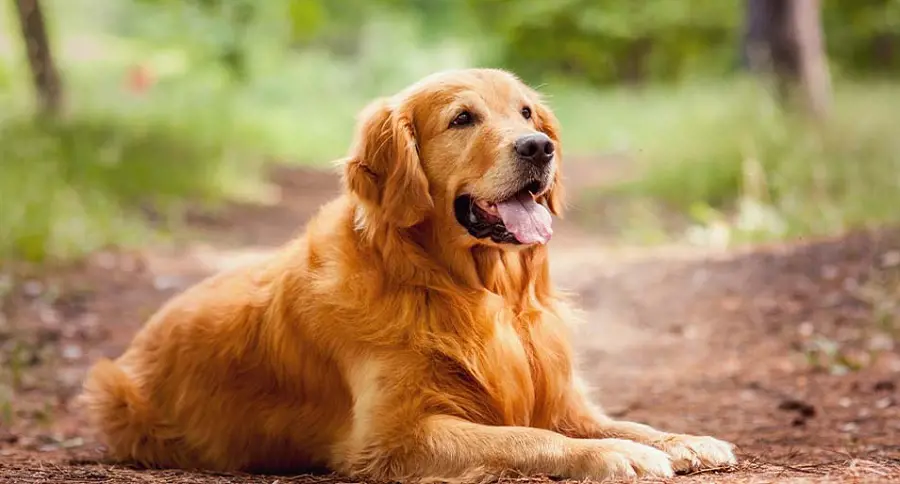
Golden-coated dogs are known for their friendly and cheerful disposition, making breeds like the Golden Retriever ideal family pets. Golden coat dogs like the Golden Retriever are known for their beautiful, golden-hued fur that exudes warmth and friendliness.
They are gentle and affectionate, making them one of the most popular choices for families and therapy work. Regular exercise and grooming are essential to keep their coat healthy and shiny.
16. Cream Dog
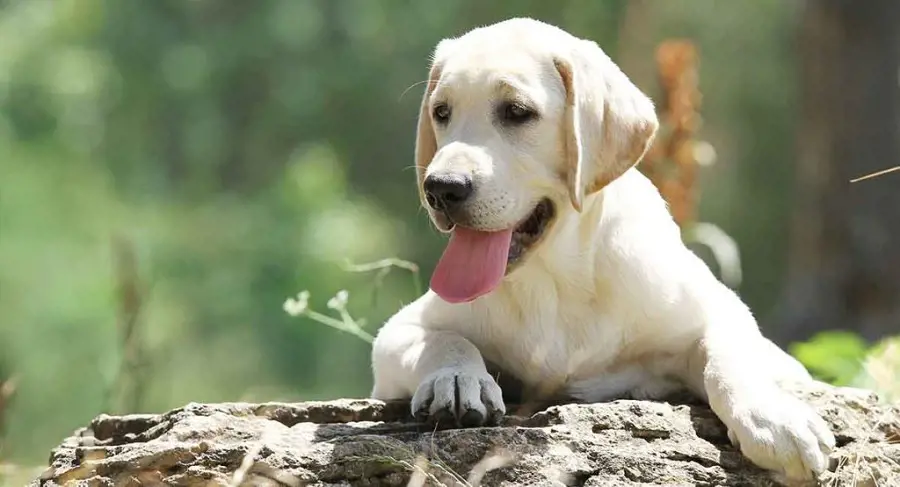
Cream coats offer a soft and inviting look. Some Poodle varieties, such as the Apricot Poodle, exhibit this color. Cream coat dogs, like some variations of Poodles and Bichon Frises, have a soft, inviting cream-colored fur that radiates elegance.
Cream-coated dogs are known for their hypoallergenic qualities, as their hair is less likely to trigger allergies in sensitive individuals. These breeds typically require regular grooming to maintain their coat's beauty and prevent matting.
17. Tan Dog
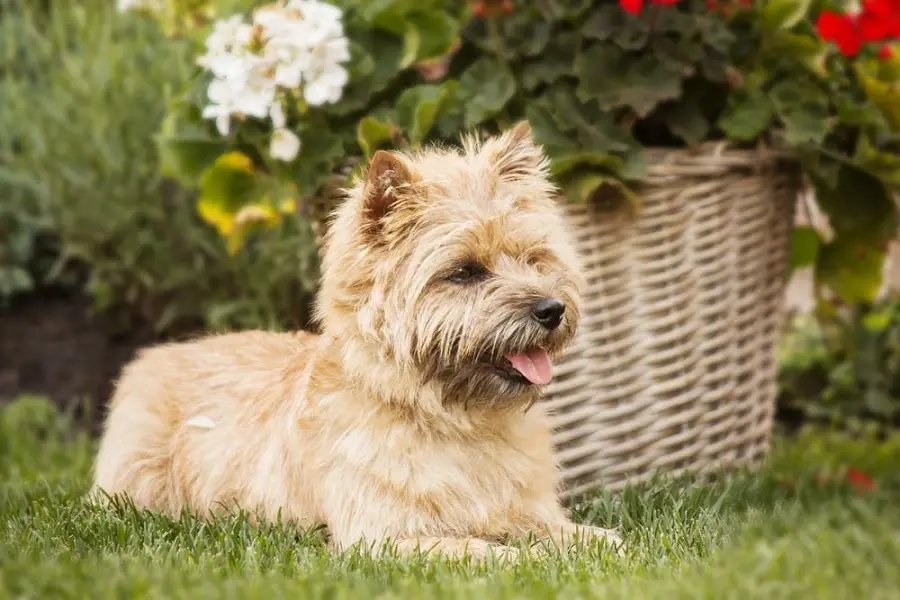
Tan is often seen as a secondary color paired with black or another base color. Breeds like the Doberman Pinscher have tan markings. Tan coat dogs, often seen in breeds like the Doberman Pinscher and Rottweiler, exhibit a warm and distinctive coloration with tan markings on a black or dark base coat.
Tan-coated breeds typically require moderate grooming and regular exercise to stay healthy and happy. Their striking appearance and steadfast personalities make them beloved members of many families.
18. Red Dog
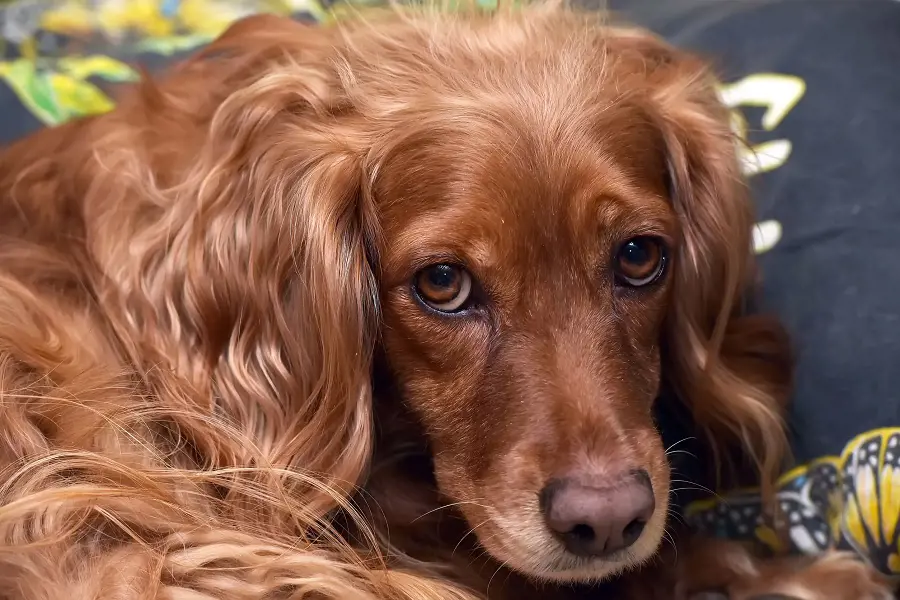
Red-coated dogs tend to be energetic and passionate, seen in breeds like the Irish Setter, making them great for active owners. Like the Irish Setter and Rhodesian Ridgeback, red-coat dogs sport a vibrant and eye-catching reddish hue, reflecting their energetic and passionate nature.
Regular exercise and mental stimulation are crucial to keep their spirited nature in check. Their striking appearance and zest for life make them cherished pets for those who can keep up with their energetic lifestyles.
19. Spotted Dog
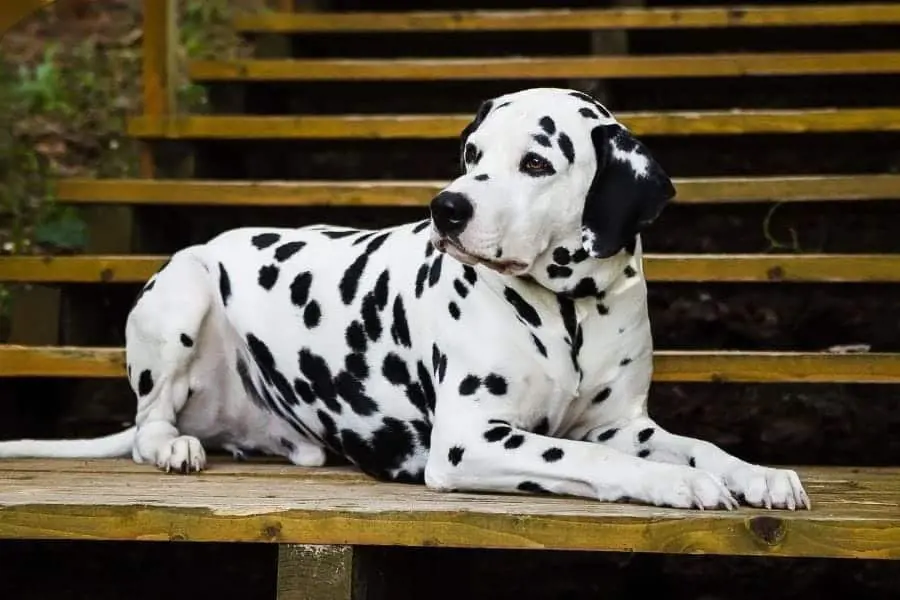
Spotted coat dogs, like the Dalmatian and English Setter, boast a captivating pattern of distinct spots on their coat, which adds to their unique and stylish appearance.
Proper grooming is essential to maintain the cleanliness and health of their coat. With their striking spots and lively personalities, spotted coat dogs are cherished by those who appreciate their distinctive charm and energy.
20. Piebald Dog
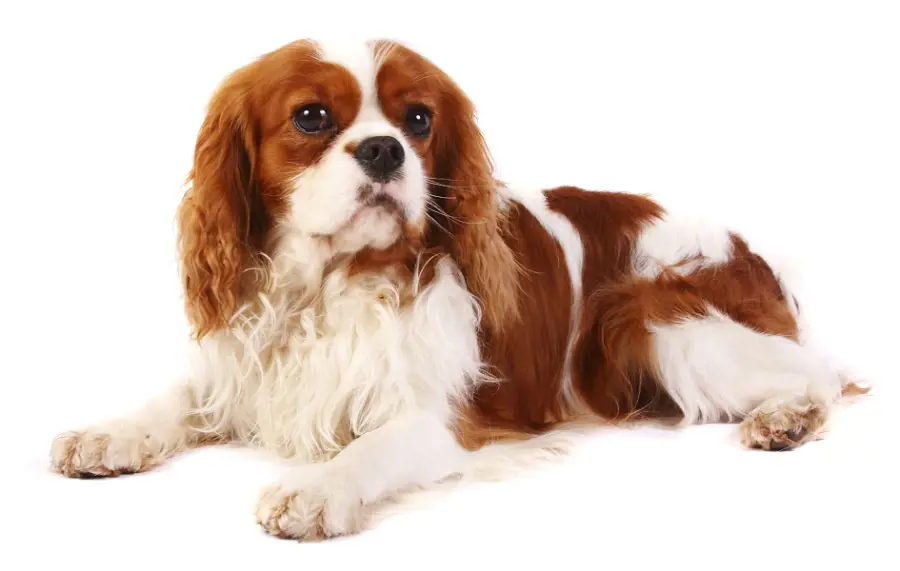
Piebald coat dogs have a charming and distinctive coat pattern characterized by large, irregular patches of color on a predominantly white background. Breeds like the Piebald Dachshund and Great Dane exhibit this unique trait, making them stand out in the canine world.
Their appearance adds to their allure, often drawing attention and admiration. Regular grooming and care are essential to maintain the health and beauty of their coat. The striking contrast of colors in piebald coat dogs makes them beloved companions for those who appreciate their individuality.
Top Lists

